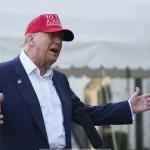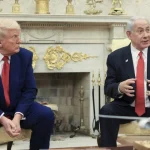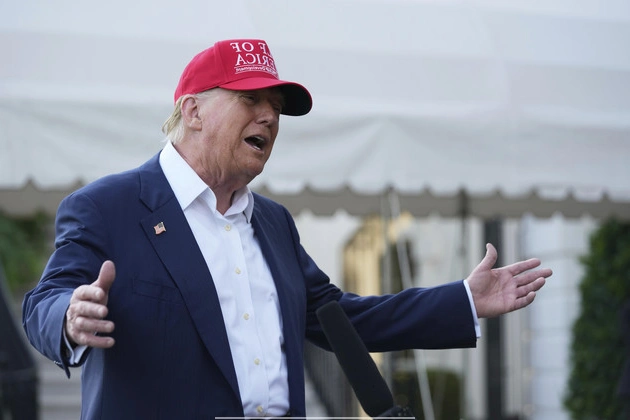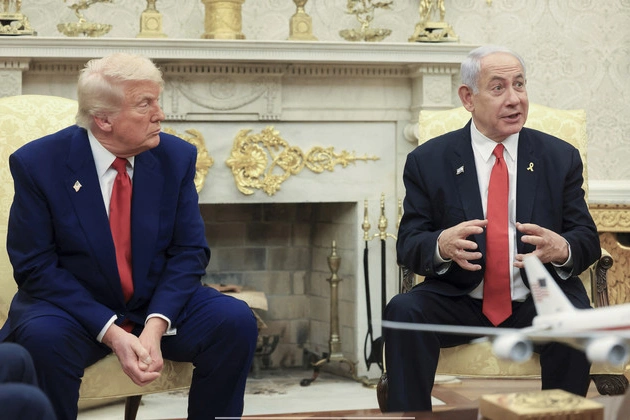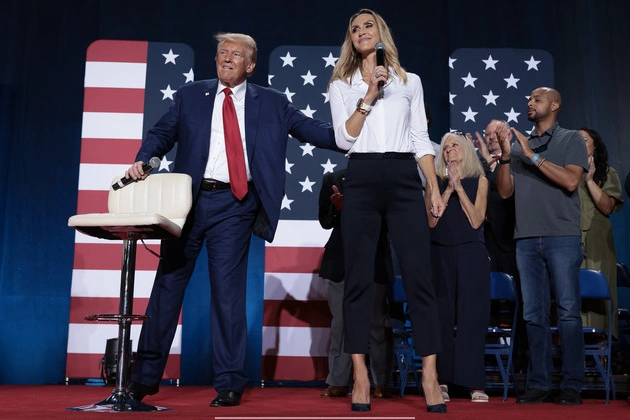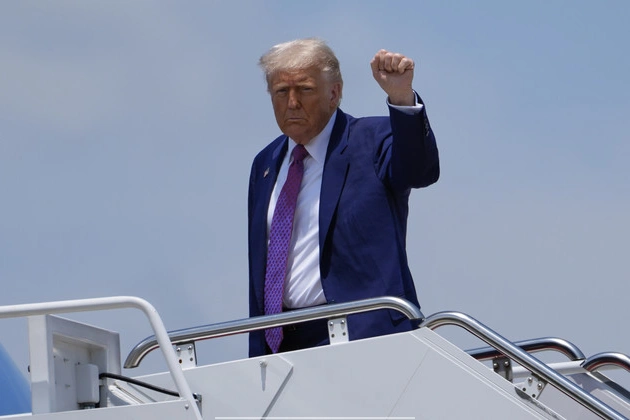
President Donald Trump’s administration faces ongoing challenges in trade negotiations with China, as highlighted by the recent agreements. Despite repeated attempts to reach consensus, the complexities of the trade relationship between the two countries persist.
Initial Agreements and Current Status
Recent discussions between the U.S. and China have resulted in agreements that aim to de-escalate tensions and reduce tariffs. However, the implementation and enforcement of these agreements remain uncertain, raising concerns about the effectiveness of the measures.
Key Points of Disagreement
One of the primary areas of contention is the control of critical minerals, where China holds a significant advantage. The U.S. promises concessions on sensitive product exports, while China’s commitments are limited to prior agreements, indicating an imbalance in the negotiations.
Challenges Ahead
Experts express skepticism about the sustainability of the current trade truce, as underlying issues persist. The U.S. government’s reliance on export controls and China’s strategic position in rare earths create ongoing challenges that may impact future negotiations.
Future Prospects and Uncertainties
Despite the framework agreements and diplomatic efforts, uncertainties loom over the future of U.S.-China trade relations. The potential for further disruptions and the need for face-to-face meetings between leaders underscore the complexities of reaching a lasting resolution.
The evolving dynamics in trade negotiations between the U.S. and China reflect broader geopolitical challenges and economic interests that continue to shape global trade policies.
It remains crucial for both parties to navigate these complexities effectively to ensure a fair and mutually beneficial trade relationship.
